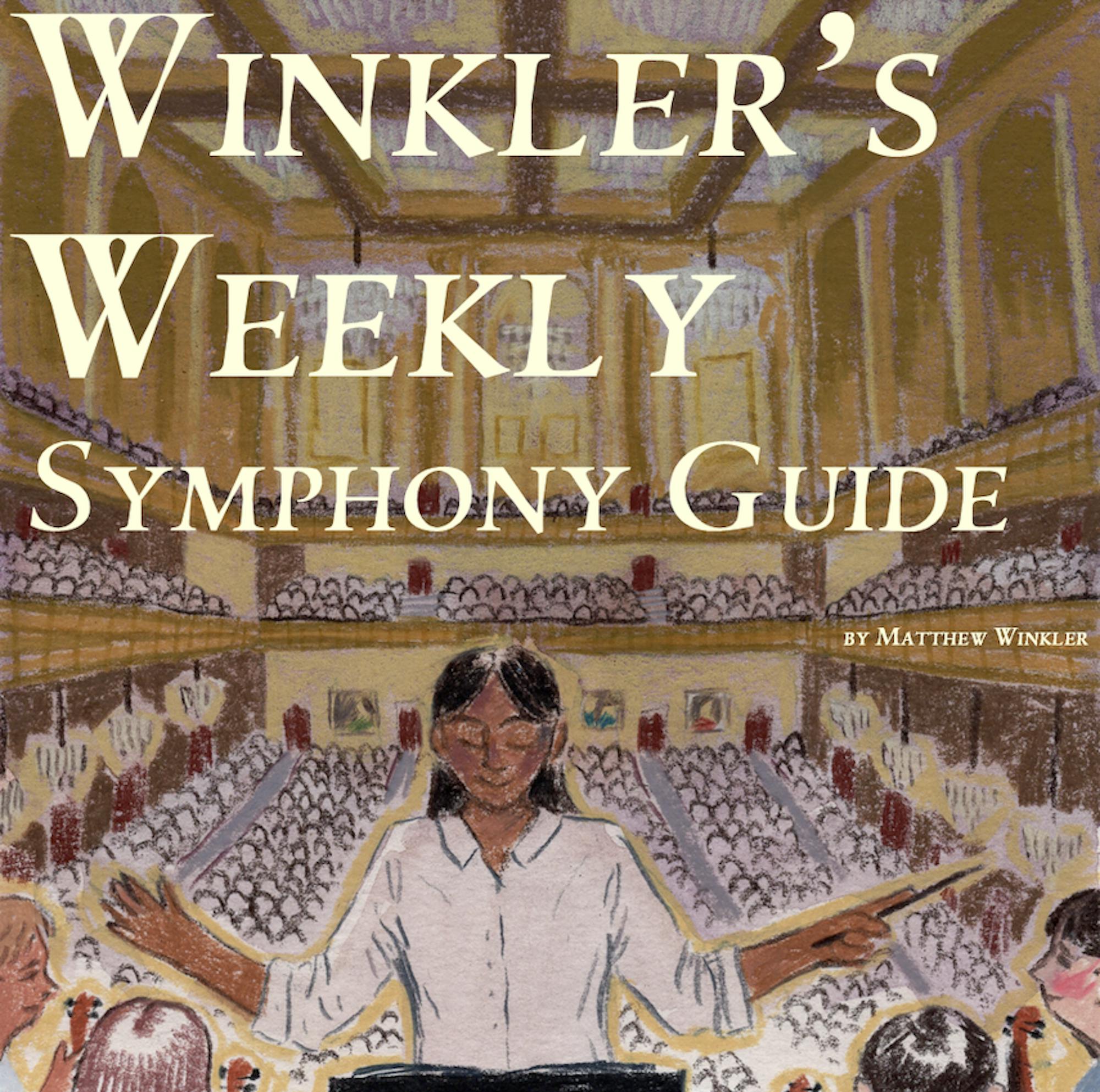Classical music can be a daunting genre for beginners to enter. I believe this is because it is a completely foreign way of approaching music compared to what our society teaches us — see one of my previous columns for more thoughts on this. But, surprisingly, most people have already been subconsciously listening to, and loving, classical music! Whether you like to whistle along to the theme of “Indiana Jones” (1981–) or tense up to the pounding harmonies of “The Dark Knight” (2008), chances are that film music is an integral part of your life. But most people do not realize that film music is also fundamentally classical music. Much of American film music comes directly from Western classical music, and I believe that the popularity of classical music has not died but rather shifted and obscured to the more programmatic medium of film music.
Due to the multimedia nature of film, music can often take a backseat for the audience, only subconsciously contributing to the experience. The first step to enjoying classical music is changing from this subconscious mode of listening to consciously listening. Listening to film soundtracks on their own and paying attention to the music in a movie is a great way to begin actively listening.
Beyond arguing for the inherent value and beauty of classical music, practicing active listening at the movies is also important because music is an integral part of film. Telling a story through film is a multimedia endeavor where the music is just as important as the visuals or script. While the benefit of music is that it can already be intuitively and subconsciously understood, actively paying attention to the music allows for greater understanding and a deeper emotional connection to the story.
Much of our favorite and most remembered music at the movies uses centuries-old associations between music and storytelling. As such, whether we realize it or not, classical music continues to be a basic part of popular culture. The iconic music associated with Darth Vader, titled “The Imperial March,” sounds so evil because it uses the same harmony as the music of Tarnhelm, a magical helmet from Richard Wagner’s opera “Der Ring des Nibelungen” (1869). Indiana Jones’ iconic theme denotes heroism because it makes the same leap as the hero Siegfried’s theme, also from “Der Ring des Nibelungen.”
Looking at more modern film scoring practices, the atmospheric music of Hans Zimmer cannot be talked about without mentioning the minimalist composers of the 20th century such as Philip Glass, Steve Reich or John Adams.
Classical music frequently seems unapproachable or stuck up to someone new to the genre. Ironically, many people who claim to hate classical music or think they do not understand it often already enjoy some of the complex forms of classical music due to their love of movies. Take for example the music from “The Matrix” (1999), which makes use of serialism, or 12-tone music, one of the more intellectual forms of classical music.
If you love the music of “Star Wars” (1977–), “Inception” (2010) or “The Matrix,” then there is no reason why you cannot also love the music of Richard Wagner, Philip Glass or Arnold Schoenberg.






